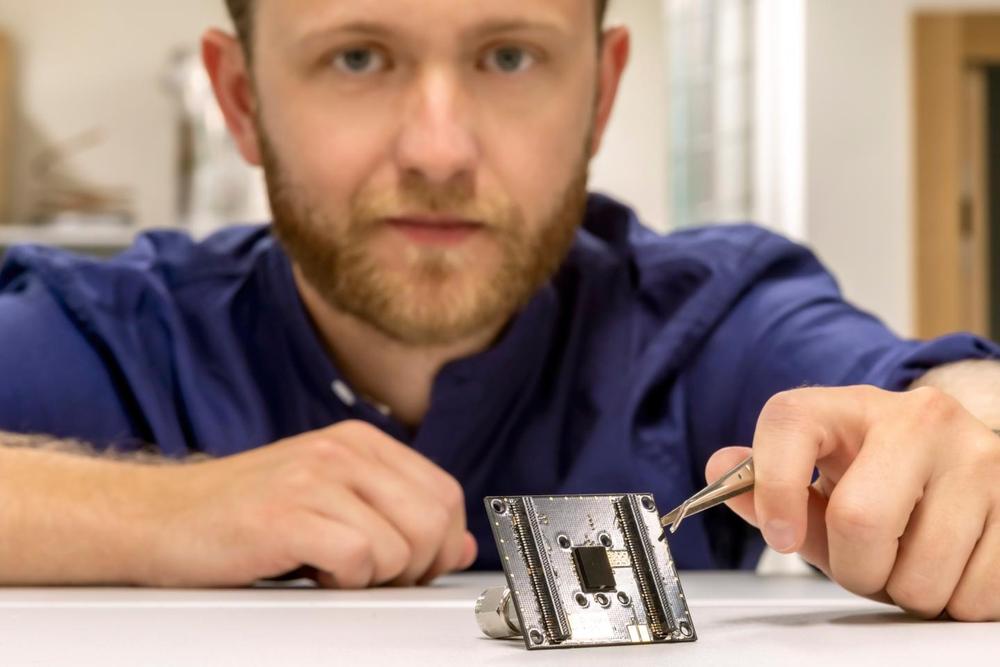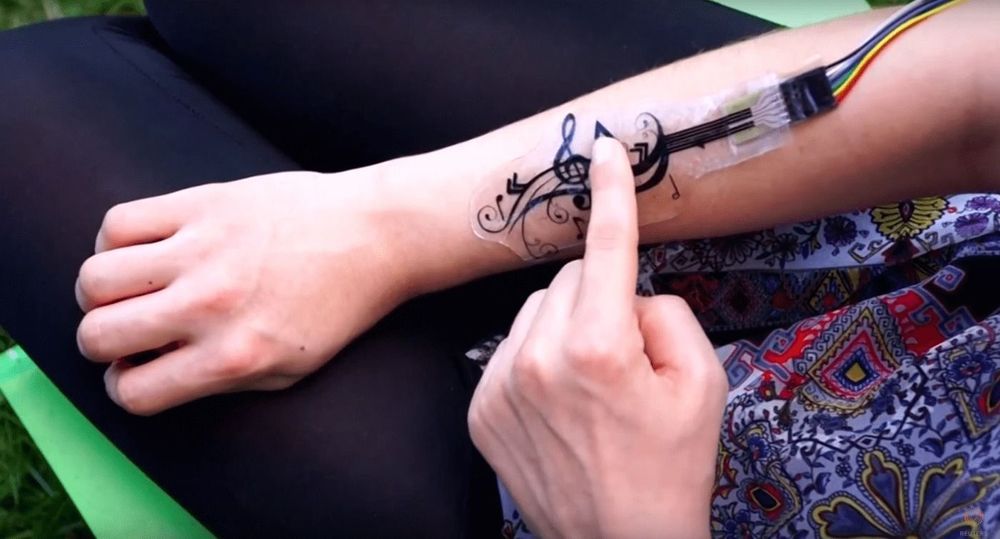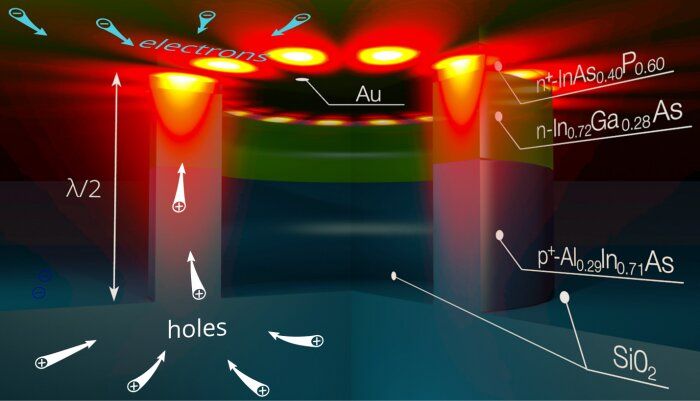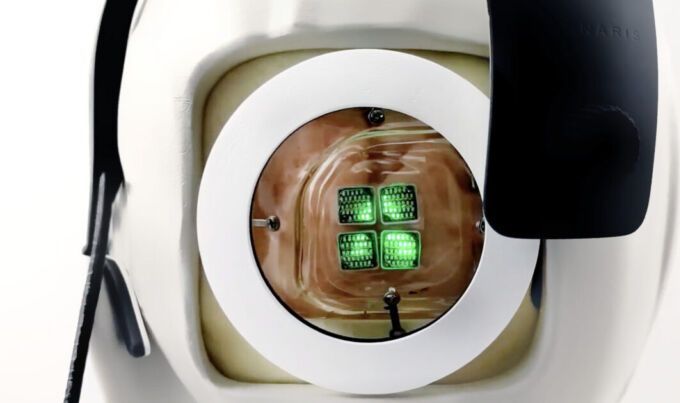While there’s no launch date yet, the People’s Bank of China is likely to be the first major central bank to issue a digital version of its currency, the yuan, seeking to keep up with — and control of — a rapidly digitizing economy. Trials have been held this year in a handful of cities and tests have started with some e-wallets and online apps, with the Covid-19 pandemic and need for social distancing providing a new sense of urgency. Unlike cryptocurrencies such as Bitcoin, dealing in the digital yuan won’t have any presumption of anonymity, and its value will be as stable as the physical yuan, which will be sticking around too. Behind China’s rush is a desire to manage technological change on its own terms. As one PBOC official put it, currency isn’t only an economic issue, it’s also about sovereignty.
Not all the details are out, but according to new patents registered by the PBOC and official speeches, it could work something like this: Consumers and businesses would download a digital wallet onto their mobile phone and fill it with money from their account at a commercial bank — similar to going to an ATM. They then use that money — dubbed Digital Currency Electronic Payment, or DCEP — like cash to make and receive payments directly with anyone else who also has a digital wallet. Some questions remain, including the impact on Big Tech companies such as Ant Group Co. and Tencent Holdings Ltd. that already offer payment services.





